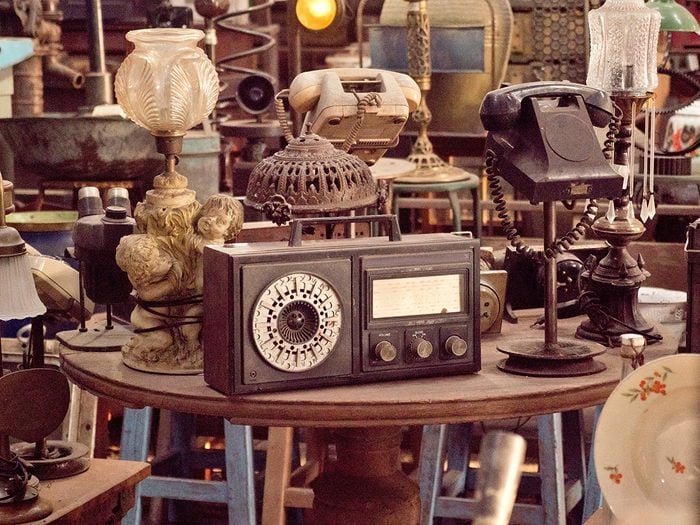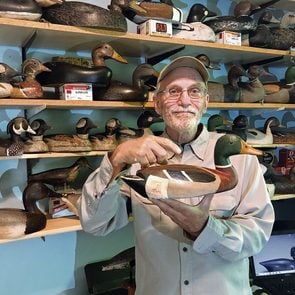Is It a Valuable Antique, Or Just Old Junk?

In these days of economic uncertainty, it would be wonderful to believe that so many of the things we hold dear are worth a lot of money. Unfortunately, for most of us, our "treasures" are just old stuff.
We’ve all enjoyed watching the Antiques Roadshow, where someone discovers that the funny looking vase left by Aunt Matilda is worth a small fortune. Perhaps you have a treasure gathering dust in your own basement. So, how do you know?
Antiques vs. Collectibles (vs. Old Stuff)
According to Suzanna H. Cullen, vice president of the Levison & Cullen Gallery in Atlanta, Georgia, the first step is to do your homework and determine if you have an antique or a collectible. “A potentially confusing term is that of collectible,” Suzanna says. “Collectible objects are an entirely different category from antiques. Antiques are defined by an object’s age, authenticity and rarity, and are generally categorized as fine arts. Collectibles are defined by rarity and celebrity, which include items such as memorabilia, celluloids, baseball cards and toys.”
The Basics of Do-It-Yourself Appraisal
Before rushing off to have your piece professionally appraised, look at it closely and consider the following:
- Is there a stamp from the manufacturer or a designer’s mark? These identifying signs may mean the piece is valuable.
- Consider the condition. All those dents, cracks and chips do make a difference in the value. Something that is pretty worn, not matter how old, is not going to be worth the same price as something in “mint condition.” If it’s been badly restored, that is going to reduce its worth even further.
- How rare is the item? Most of the silver you are going to come across in Canada is most likely silver plated. There are very few solid silver sets out there, since most families simply weren’t wealthy enough to afford one. The same is true about heirloom glassware. The relatively rarity of coloured Depression glass with a brownish-pink or green tint makes it worth a second look.
- Is there a demand for the item? Just because something is old doesn’t make it valuable. “The value of an item is dependent upon many things, including the condition of the object itself, trends in the market for that kind of object, and the location where the item will be sold,” executive producer Marsha Bemko warns on the Antiques Roadshow website.
Seeking Professional Antique Appraisal
If you still believe you have a valuable antique gathering dust in your basement then you may want to get the item appraised. Start by talking to your local experts at nearby antique stores. If they don’t handle your particular item, they are sure to know someone who can. Most experts agree that you should never sell the piece to the person who has appraised it.
There are several organizations that also specialize in appraisals:
- The Canadian Association of Personal Property Appraisers. Founded in 1989, this non-profit organization has accredited members with at least eight years experience.
- The Canadian Personal Property Appraisers Group (CPPAG) is a Canada-wide appraisal organization with a network of accredited appraisers.
- Online appraisals are trickier, but a good starting point is What’s it’s Worth from Crawford Direct Appraising. Jim Crawford has listed all the reputable online antique appraisers on his websites.
And remember, even if your item does turn out to be worthless, the memories it holds for you are priceless.
Next, check out 20 garage sale finds that are always worth your money.






